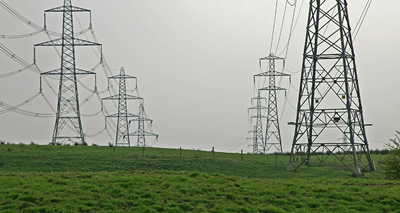
Electricity Pylons. Source: Geograph.org.uk
We take electricity for granted and do not think of where it comes from when we switch on a light or use an electrical appliance. But behind the electricity coming out of a wall socket lays an entire energy landscape of poles, wires, electrical substations and power stations. It is imposed on the landscape like a gigantic web, a grid that has become almost part of the natural scenery.
Just over a century ago this electricity grid did not exist. Power generation was local or at best regional and often based on the burning of coal or the use of locally produced gas. In less than a century the grid covered the entire United Kingdom and many other countries. It revolutionised our lives, the way we worked and it made air in cities a whole lot cleaner. But how did the development of this energy landscape impact on the landscape and environment? What were the social and economic consequences of the expansion of the grid?
This history is now researched by Cambridge based PhD candidate Kayt Button. Her project is part of the British Arts and Humanities Research Council funded environmental history initiative “The Power and the Water: Connecting Pasts with Futures”, that focuses on environmental connectivities that have emerged in Britain since industrialisation. Episode 66 of the Exploring Environmental History podcast features Kayt’s work and discusses the development of the UK National Grid, and how it changed people’s lives, its environmental impacts and how the past informs the future development of the grid.
Websites mentioned & other resources
The Water and the Power Project website
Blog posts & poster by Kayt Button
Exeter Memories: Electricity Generation in Exeter
South Western Electricity Historical Society
UK National Grid at 75
Music credits
“Dance of the Pixels” by Doxent Zsigmond, available from ccMixter
“Snowdaze” by Jeris, available from ccMixter
The production of this podcast was supported by the Water and the Power project and the AHRC.
![]()

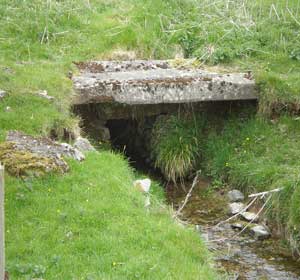
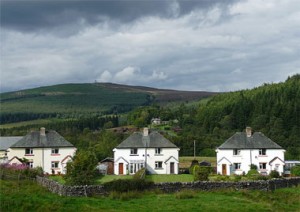
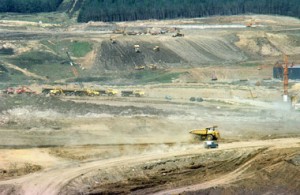
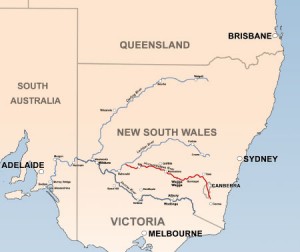
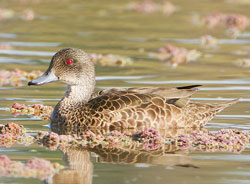
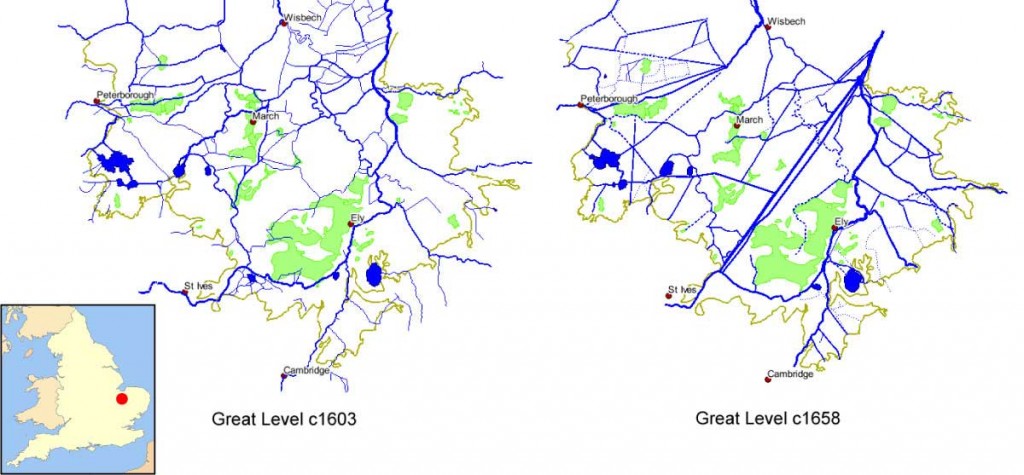
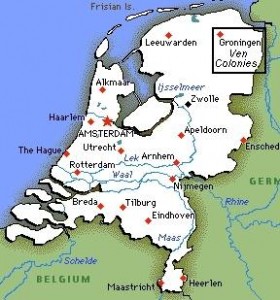
Recent Comments